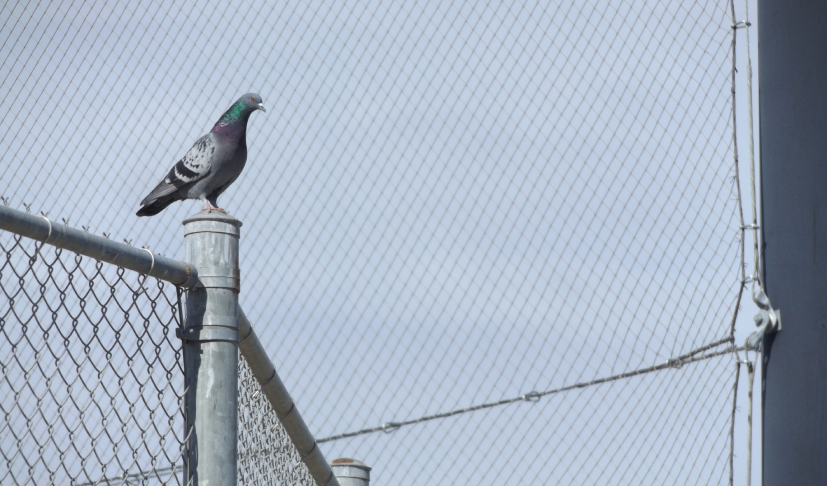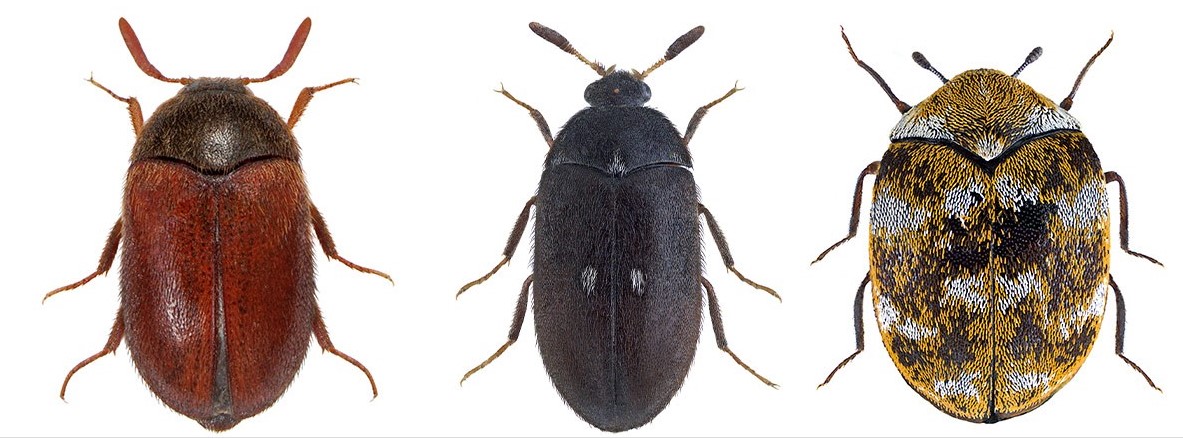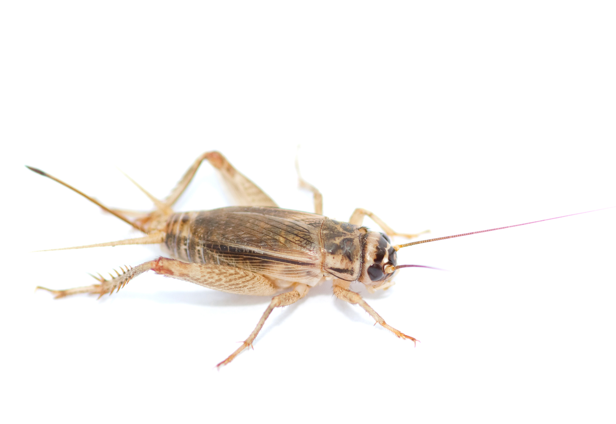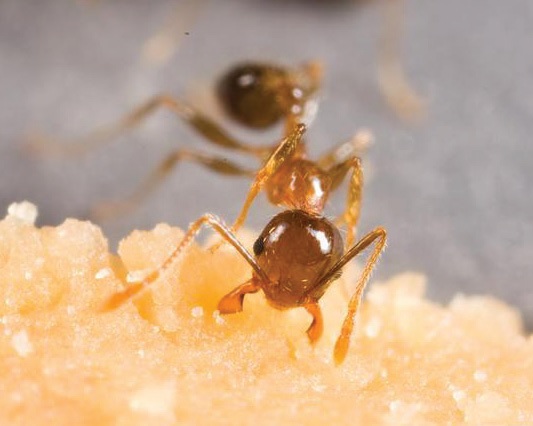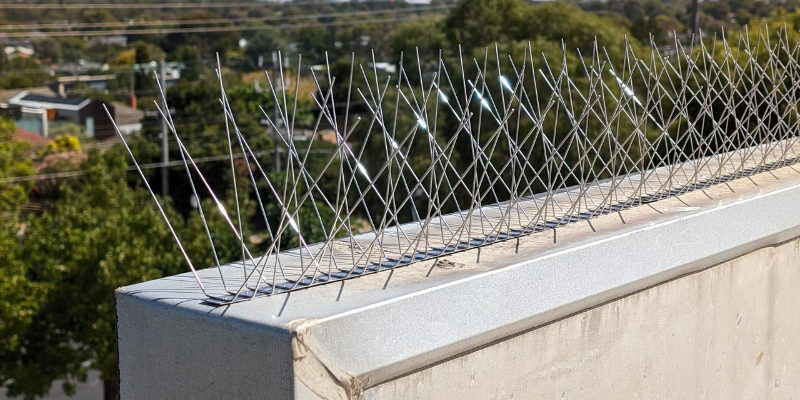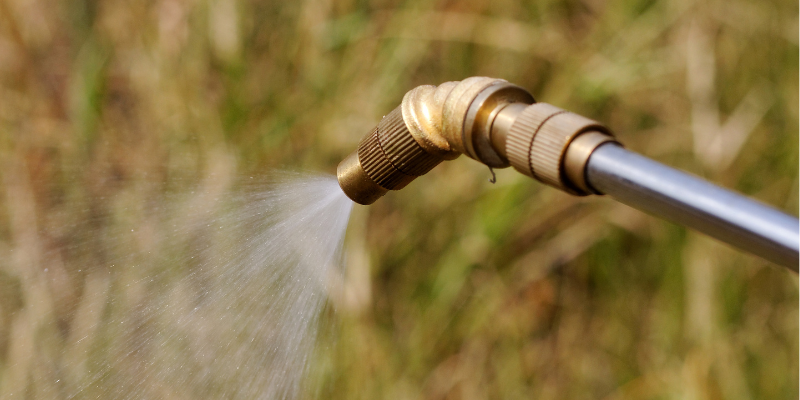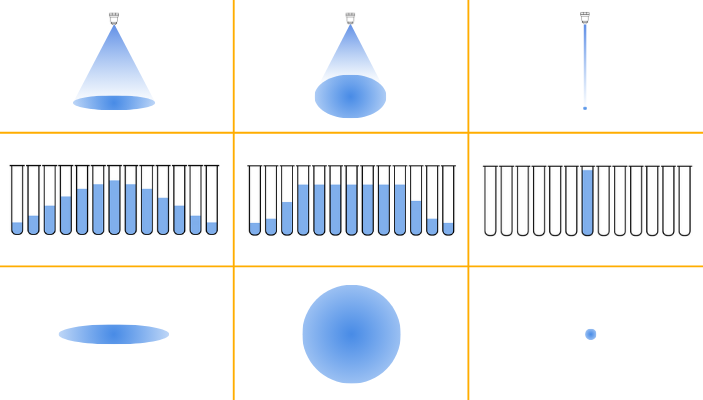Myna Birds
Myna Birds
Scientific Name: Aridotheres tristis
How to identify a Myna
The Common Myna is brown with a black head. It has a yellow bill, legs and bare eye skin. In flight it shows large white wing patches. The Common Myna is a member of the starling family and is also known as the Indian Myna or Indian Mynah.
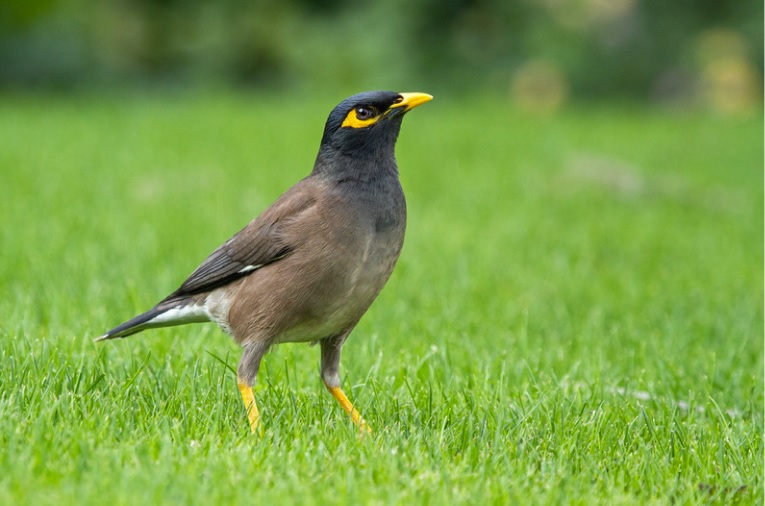
Where are Mynas commonly found?
The Common Myna is closely associated with human habitation. In the evening, large groups of Common Mynas gather in communal roosts, mainly in the non-breeding season, in roof voids, bridges, and large trees, and numbers can reach up to several thousands.
Why are Mynas considered a pest?
Mynahs are considered a pest due to their noisy habits and bullying behaviour with other bird species. Potential for mite problems and the transfer of disease is also a problem. Myna's also drive native birds out of the area.
What is the biology and lifecycle of Mynas?
Breeding season from October to March., with one batch of 3-6 eggs. Myna birds have a lifespan of 4-10 years
Management Tips for Myna Birds
To effectively protect a building from a bird problem, it often requires a combination of products. Take into account the following in designing your bird protection system:
-
Bird species/pressure
-
Building structure
-
Location of problem
-
Installation issues
-
Durability requirements
-
Aesthetic requirements
-
Safety/environmental concerns
-
Cost
A wide range of bird protection systems are available to effectively protect a building from a bird problem with various different methods:
Area exclusions - When installed correctly, bird netting provides the most complete, humane and durable system for bird exclusion.
Ledge exclusion - Large Birds: A system of spikes, wires and spiders can be utilised to discourage birds from landing on ledges. All Birds: a system of slopes and shock systems can be utilised.
Scare devices - A variety of scarer and repeller devices are available
Traps - For humane and safe removal of birds, particularly in sensitive areas
Solar panel protection - Solar panel exclusion kits are designed to prevent nesting under solar arrays - avoids expensive damage and reduction in efficiency due to bird droppings on panels.
Disease protection - PX Ornikill can be used as a clean up product and disease protection treatment, kill a range of disease organisms associated with pest birds such as ornithosis and psittacosis.


